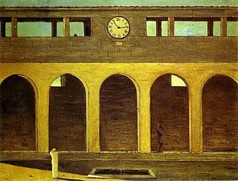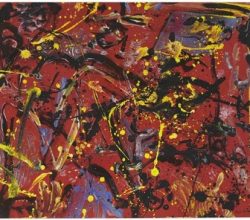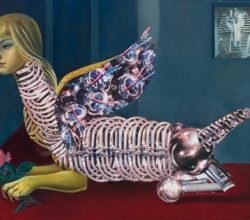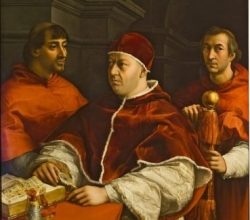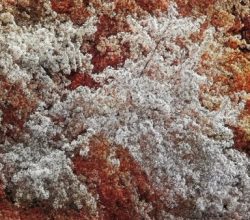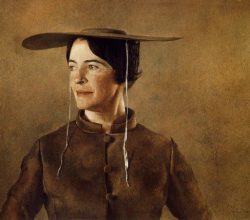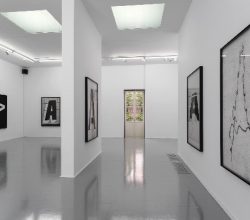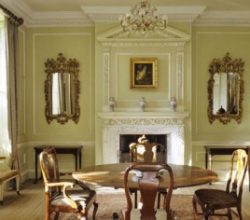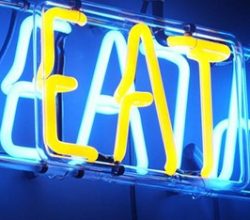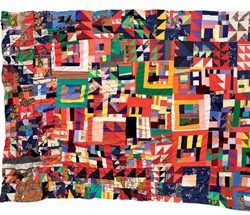
The radical quilting of Rosie Lee Tompkins
Roberta Smith | The New York Times | 26th June 2020
A collector stumbled across Tompkins’ quilts at a Berkeley flea market. After decades of collecting her work he bequeathed his collection in 2018 to a museum. The writer’s glee at this first show is palpable. “I left in a state of shock. The sheer joy of her best quilts cannot be overstated. They come at us with the force and sophistication of so-called high art … with the power of painting. Tompkins seems to have been an artist of singular greatness.”

